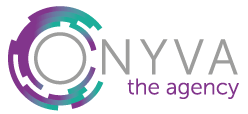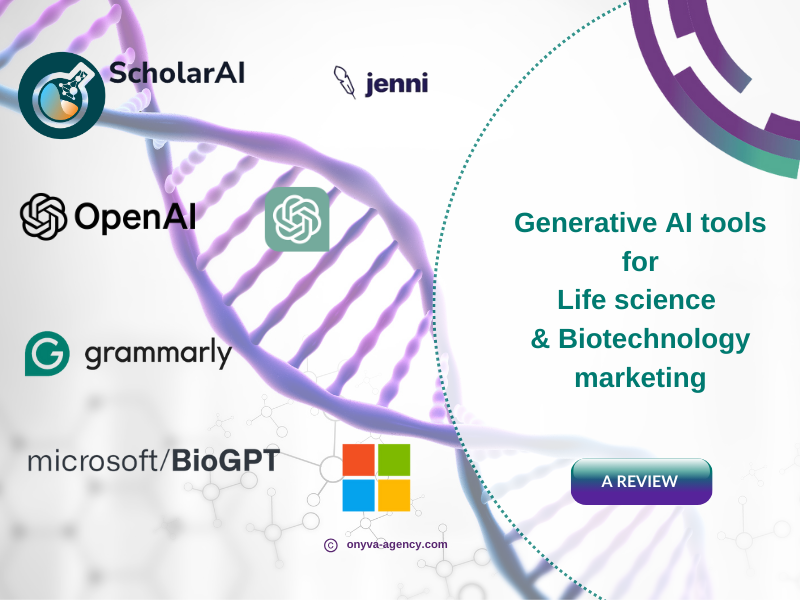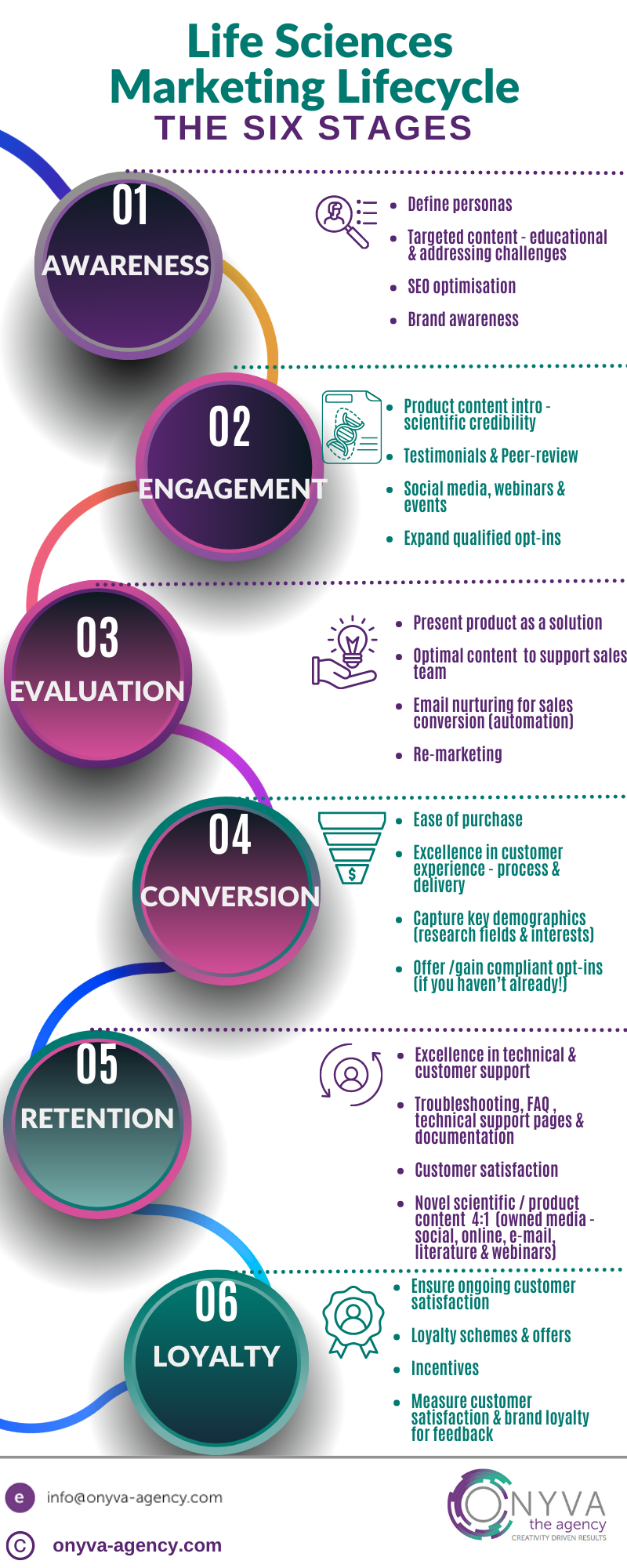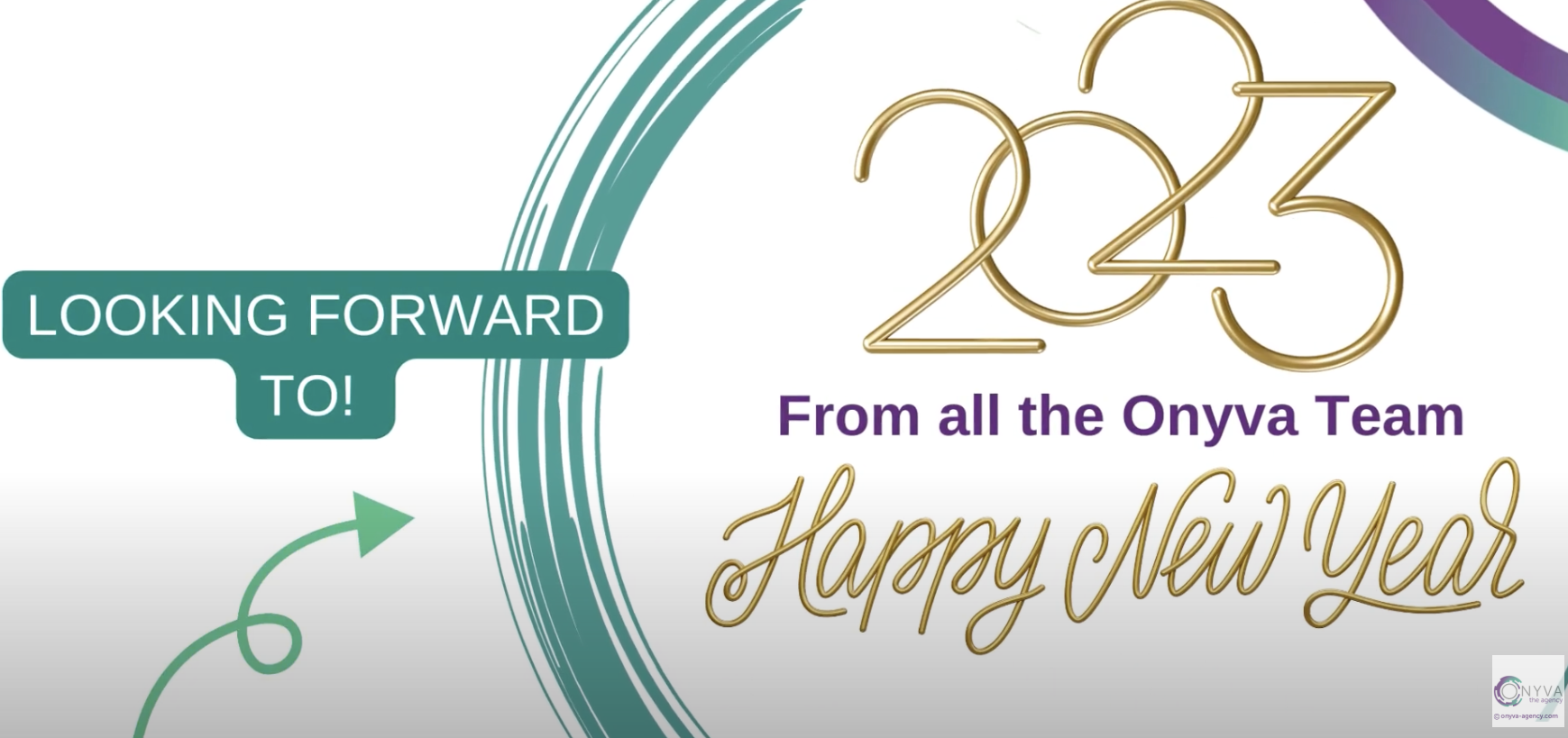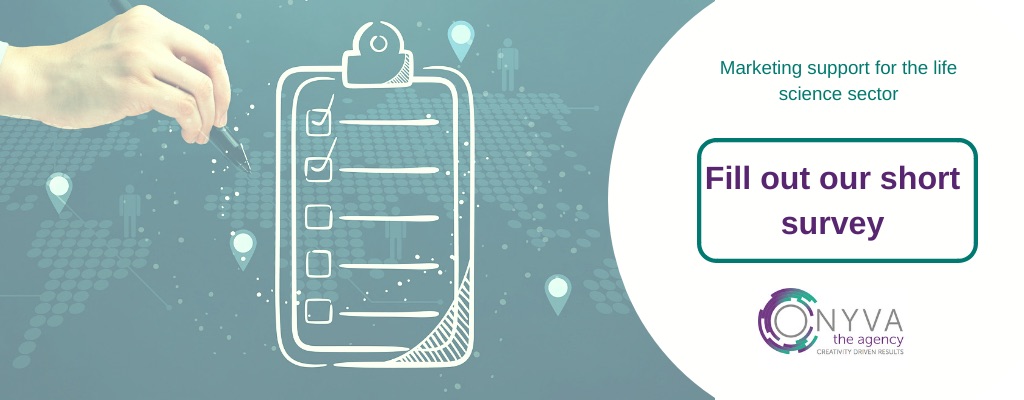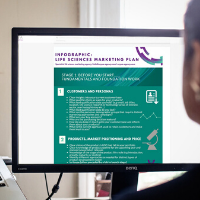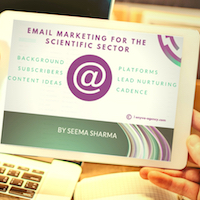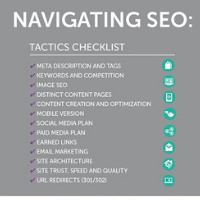In this article, I review some of the generative AI tools, and their application in marketing for the life science and biotechnology sector.
Introduction
In the wake of a recent upsurge in AI powered generative content tools, I took a deep dive into a selection of them, from a life science marketing perspective. Many have been launched with the promise of increasing productivity, creating ‘humanised’ technical content to evade AI detectors, and save time on content creation. These class of tools, including ChatGPT (GPT standing for Generative Pre-trained Transformer), created by Open.AI, work by integrating information and data from generically available web sources as a predictive model.
So how well do they actually fair for creating written content for the biological and biomedical domain? Do they grasp novel life sciences applications, innovations and technologies as they emerge? This is an especially pertinent consideration for marketers in the life sciences and biotechnology sector, when content requires scientific credibility. Furthermore, the key to success is to differentiate your innovation against the competition, which requires more technical considerations and nuance than other sectors – like retail for example.
AI tools for life science marketing
ChatGPT (Open AI tool) – for life science content marketing
The free version of ChatGPT, (GPT version 3.5 – you’ll need a subscription for 4.0), can rapidly create predictive text responses to questions you pose, or content you ask it to create. In my experience, this can be helpful when researching life science applications to gain a quick overview of markets, and potential users or B2B customers for a new innovation or platform. I’ve found this most useful for early stage market research and analysis. For example, if you’re completely new to an application, it can provide a basic overview of who the users are, which you can then build upon. On occasion, this can highlight some customer areas, or use cases that you haven’t considered, even if you’re a little more familiar to a field. This all needs further in-depth verification of course, but is a good starting point for background and early stage fact finding.
For example, when I asked ChatGPT – ‘Who uses X platform?” — (the latter was a predictive software platform for modelling chemical structures and biologics, that I had good knowledge of), ChatGPT generated a good overview of customer cohorts and market applications – including some lesser known ones, that stacked up against my understanding. However, it should be of note, this was not something I would present to a third party. It would require integrating information from further online searches, market reports and citations.
In terms of technical content marketing for the life sciences — ChatGPT swiftly creates marketing literature, if you provide it with a company and product. To experiment, I used it to generate a comparative example for content marketing I had already written. The latter was literature for a biotechnology company I consult for, whose key products are a series of induced pluripotent stem cell lines (known as iPSC’s for short).
In this case, whilst the overall structure and sections for a leaflet were there, the generated content would need significant editing to be on par with what I’d created. In fact, extensive re-writing would be required prior to it being deemed fit to put before an individual with any sort of specialist scientific training in that field.
Worryingly, the text ChatGPT generated completely missed the key product term (iPSC), even though it is mentioned multiple times on the company website, and all existing public literature. This is a major oversight, given this is the terminology the B2B customer, most likely a researcher in Pharma or Biotech, would be searching for.
Furthermore, a major drawback for me was that the language had a surplus of exaggerated adjectives, in sequential sentences. Whilst they do have a valid use in context, they were in a quantity that we as an agency simply would not use when marketing to a life sciences B2B audience, (e.g groundbreaking, unprecedented, revolutionary, revolutionize, remarkable, unparalleled, harnessing power). There was no qualification of claims or citations included. There were a number of instances in the text when the context was missed too.
More generally, on a positive point, the grammar used was near perfect, however I did spot a couple of mistakes. There were also a few turns of phrase used that you would expect when browsing a webpage, not reading a piece of literature (e.g ‘Welcome to *company name*’ as an opening sentence).
My overall conclusion is – ChatGPT can serve as an adequate starting point in terms of layout for content literature for life sciences marketing, the speed is astonishing, grammar is good, but it will need extensive editing and re-writing for a life sciences audience. Scientific customers are used to a subtler, drier form of language, that derives from the style used in peer review papers, and may be adverse to this style of content writing.
Finally, since GPT models work by integrating data sources, in effect taking an average, this isn’t great for competitor differentiation.
ChatGPT for PPC content for the life sciences (Pay per click advertising content)
One application that is particularly useful for ChatGPT is the ability to rearrange and condense short text pieces you enter within specified character counts. This is applicable for PPC ads for the life sciences on LinkedIn, and Google search ads, for example. Here, specific character counts are required or deemed optimal for ad headlines, introductions descriptions, headlines. Furthermore, some PPC ad fields allow for several variants to be entered, or alternatively may be required if you’re running A/B testing. ChatGPT can generate these rapidly, if you enter good quality starting content.
Do be very careful to double check the output, as once when I’ve tried this, some variants were non-sensical for life science and biotechnology, as it had misunderstood the term ‘model’ in the context of a disease model for drug screening.
ChatGPT has recently released an offshoot – Humanizer Pro. It claims to help you get past AI detection software, whilst maintaining content meaning and quality, and create more human sounding content. It requires a professional subscription to ChatGPT, so I haven’t tested it yet, but if you have a subscription it may be worth looking into for comparison.
BioGPT – Biological domain specific GPT.
Microsoft has developed a tool, known as BioGPT [Renqian L et al., 2022], which has been trained on more large-scale biomedical literature, including PubMed. This provides a much more appropriate language trainer than Wikipedia, which was a major data source for ChatGPT. It’s currently in a Beta stage and accessible via the hugging face site here or GitHub.
At the moment, you can’t use it to generate scientific marketing literature, as its primary training source is peer review abstracts and titles from Pubmed, and not broader internet content sources. Scientific marketing literature sits between the two styles. BioGPT is geared to answer specific research questions in its text-generation mode, rather than predictive text generation.
For example, it didn’t understand me asking about an overview of “commercial sources for human induced pluripotent stem cells”. Instead, it provided the following suggestions for questions I should ask it instead:
Can we generate cardiomyocytes from hiPSCs derived from patients with inherited cardiac diseases?
Can we use hiPSC-derived cardiomyocytes to study the mechanisms of cardiac diseases?
When I rephrased the question and asked –
“What are recent reviews of the use of iPSC models for Parkinson’s Disease?”
It provided a summary of a single paper review from 2010. Whilst the sentences were written well for a scientifically trained audience, it didn’t really answer my question, and dropped off mid sentence at the end.
Its other applications include are for biomedical data analysis (for example, patient data analysis for clinical decision pathways, raw genetic datasets to predict gene and protein structure) and data extraction. We didn’t test these applications.
ScholarAI – for research question answers and references
ScholarAI (currently in beta) – can provide lists of relevant references for technical content articles and literature. Also, synopses to a particular research question you pose. (Note – I tried the standalone version, not the one that integrates with ChatGPT).
There are several reference managers out there, and manual citation sources like PubMed, of course. One advantage with Scholar AI is that you can input a specific research question and it will provide a comprehensive answer. This is written in a scientific and academic tone, with relevant peer review references and a summary.
For example, I posed the same question I did to BioGPT –
“What are recent reviews of the use of iPSC models for Parkinson’s Disease?”
It came back with a summary of developments in the field over time, ranging from a decade ago to more recent, with a range of references that were all credible. It didn’t drop off mid sentence, or focus on one single source like BioGPT. However, once I compared it to a manual equivalent I did using PubMed as a reference source, I found that I wouldn’t have picked the same references. This is based on their relevance to the statements made, journal quality (granted this may be subjective – but most people in the neuroscience field would know which journals they trust), and other key metrics, like the number of peer citations they had received.
Baked in AI
Most content platforms, including design, and social media, now have some level of AI included. For social, this tends to be a button you can press after inputting content to re-write what you’ve written. This is good for improving on sentence structure, catching typos and grammar, at the cost of making posts sound very generic, and undifferentiated.
AI – Generative and predictive models for life sciences as a whole
There are many diverse applications of AI for the life sciences, aside from generative AI (content generation), which I’ve covered here. These include, but are not limited to, In silico biologics, drug target predictions, interactions, and a whole range of predictive models for drug discovery. Similarly, clinical and healthcare applications, like identifying disease tipping points, optimal clinical care pathways, diagnostic tools for imaging, and personalised treatments. These are all Predictive AI tools and rely on integrating historical data outcomes, mostly derived from patient data.
These will be (and are) integral to future development in the life sciences and healthcare industries. They are beyond the scope of this article, and we will review them separately.
In summary
The AI offerings reviewed here definitely need to be checked by HI (Human intelligence!), for use in life sciences marketing. However, many are in beta phase, so progress will be made. They can, however, provide useful starting frameworks at speed, which need to be re-written to provide trust-worthy, meaningful content with scientific credibility for a specialist life sciences audience.
There is currently a gap between non-domain specific AI tools (like ChatGPT) and biological domain specific tools (BioGPT), and neither fulfil the specialist scientific content writing role adequately.
References:
Renqian Luo, Liai Sun, Yingce Xia, Tao Qin, Sheng Zhang, Hoifung Poon, Tie-Yan Liu, BioGPT: generative pre-trained transformer for biomedical text generation and mining, Briefings in Bioinformatics, 23: 6, November 2022, bbac409, https://doi.org/10.1093/bib/bbac409
Useful links for tools discussed in this review:
ChatGPT https://chat.openai.com/
Open AI https://openai.com/
(Note their recent offering is the tool Sora – that creates generative video content from text prompts)
BioGPT https://huggingface.co/microsoft/BioGPT-Large
Scholar AI https://app.scholarai.io/home
Useful links for tools to try, that are not reviewed here:
Grammarly https://www.grammarly.com/
AI Writer 2.0 – https://app.neilpatel.com/aiwriter/ For blog content
Jenni https://jenni.ai/ Research paper writing
